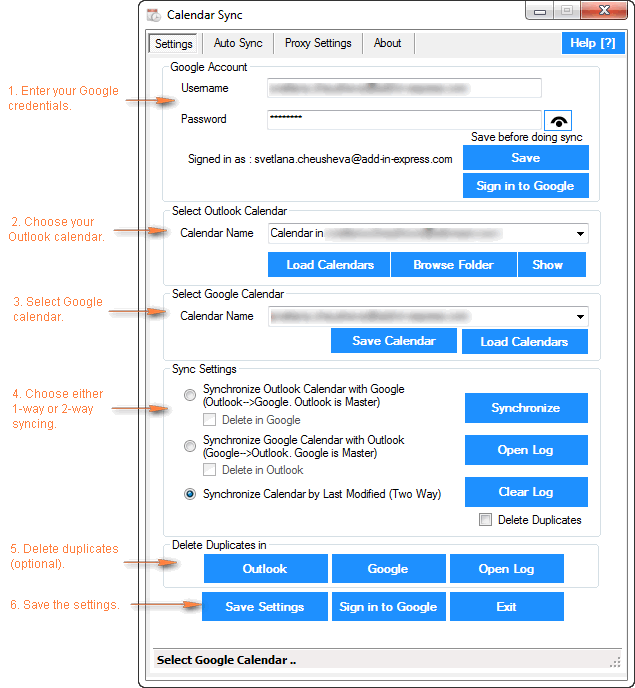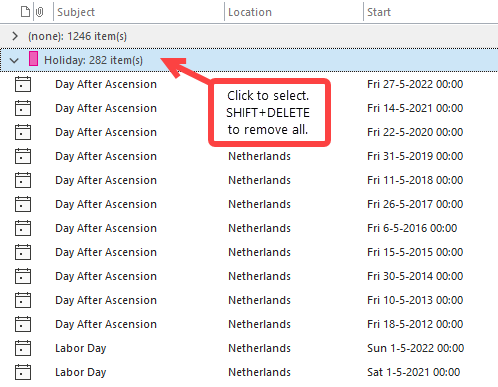

In Outlook, identify which data file is used to store your calendar, as follows: in the File menu, open Account Settings, click on the Data Files tab.In Outlook, delete any remaining calendar items which may be lingering in these unwanted calendars.If you are unsure whether your Mail, People and Contacts are indeed stored on a cloud server, and not locally, then do NOT use the method below. In such a case, it is quite safe to delete local copies of all of these, since they will be rebuilt from the cloud server through automatic synchronization via the EAS-protocol. This means that Mail, People and Calendar are stored on the Outlook servers in the cloud. Within the tool, but they still showed up in Outlook 2013.īefore I outline my "solution", please note that my main account is an Exchange Active Sync account (I use for mail, contacts and calendar). I tried the MFCMAPI method described above, but this did not help.
#Import calendar to outlook 2013 update#
(Of course I hope Microsoft will resolve this situation in a future update of Outlook.). I found that for now there is only one method that works for me to remove these "undeletable" calendars from Outlook 2013.

In I5:I27, click on Excel’s Data tab and click on the Data Validation button again.This will insert a drop-down box that will give you the option of selecting yes or no. On the Settings tab, change the “Allow:” drop-down box to “List." In the “Source” box, enter “=ADE” (without the quotation marks) and click Ok. In H5:H27, click on Excel’s Data tab and click on the Data Validation button.Format the “Start Time” and “End Time” columns as time from F5:G27.Format the “Start Date” and “End Date” columns as a short date from D5:E27.Select and shade the area that you want to use to enter your calendar information.Shade all of the fields one color and make them bold. I chose Subject, Location, Description, Start Date, End Date, Start Time, End Time, All Day Event, and Categories. Just because you add a non-required field, does not mean that you have to use it every time. Starting in row 4, enter all of the fields that you want to use.In cell A1, title the template as “Calendar Upload Template” and format it as bold.

#Import calendar to outlook 2013 free#
Feel free to add whatever other fields that you routinely use. It is important to at least to use the following fields: Subject, Start Date, End Date, Start Time, End Time, and All Day Event. The “Upload” tab is where the calendar information is entered. I decided to format my tables by shading them and adding a border around them, but that is totally up to you.In the “Name Box," enter “Category” as the name for this selection. Highlight the entire area from E4 through the end of your list. It is critical that they are spelled the exact same way in Outlook and Excel. Enter the categories into Excel and sort them alphabetically once you are finished entering them.

You can add as many categories as you like, although, there are only 25 different colors in Outlook. I would highly recommend renaming them something useful. The default categories are based on color. Click on the “Categorize” icon and a list of all of the categories that have been set up will appear. They can be found in Outlook by going to the calendar section and opening up a new appointment.


 0 kommentar(er)
0 kommentar(er)
